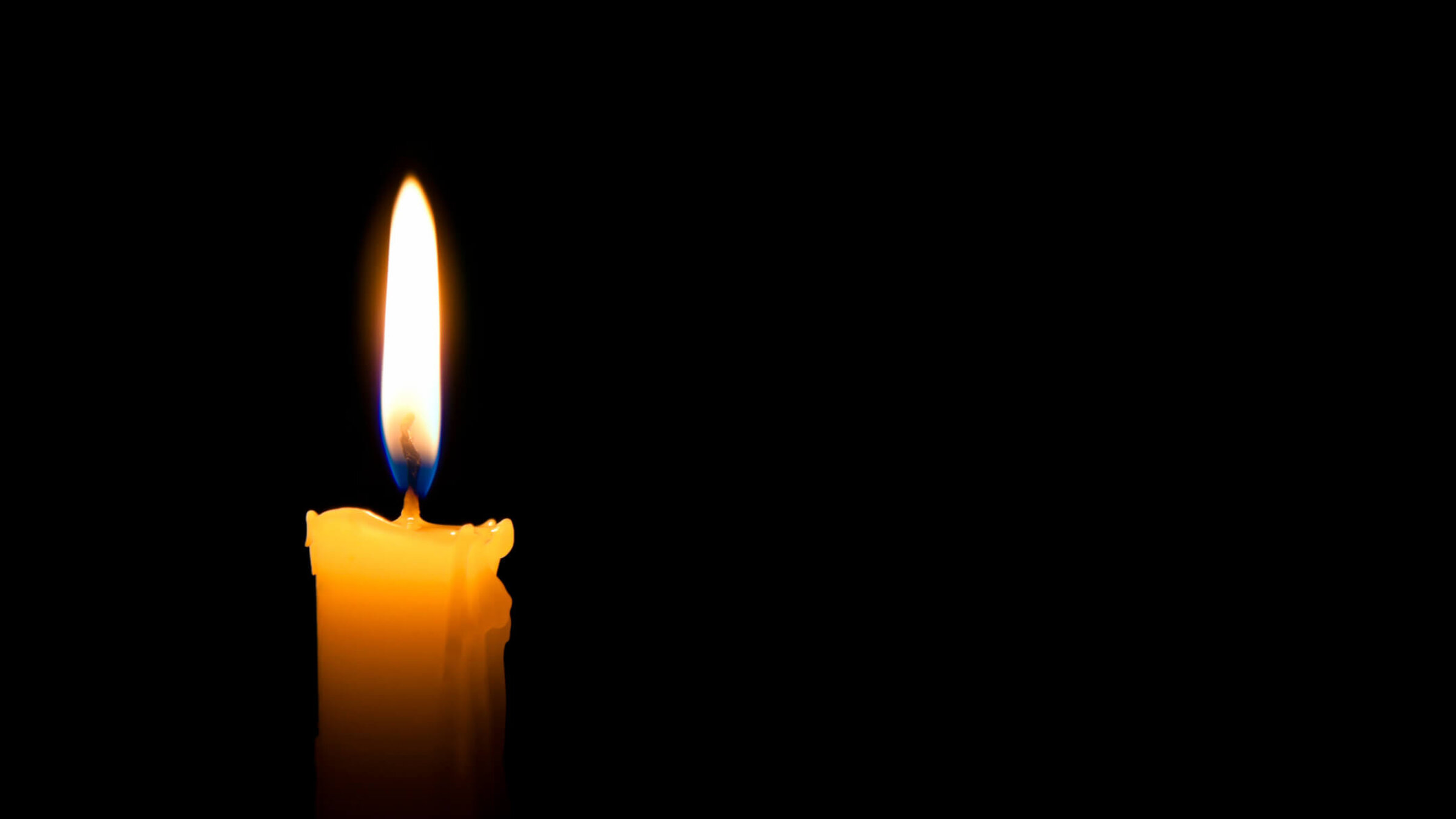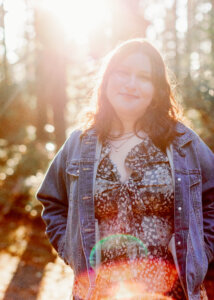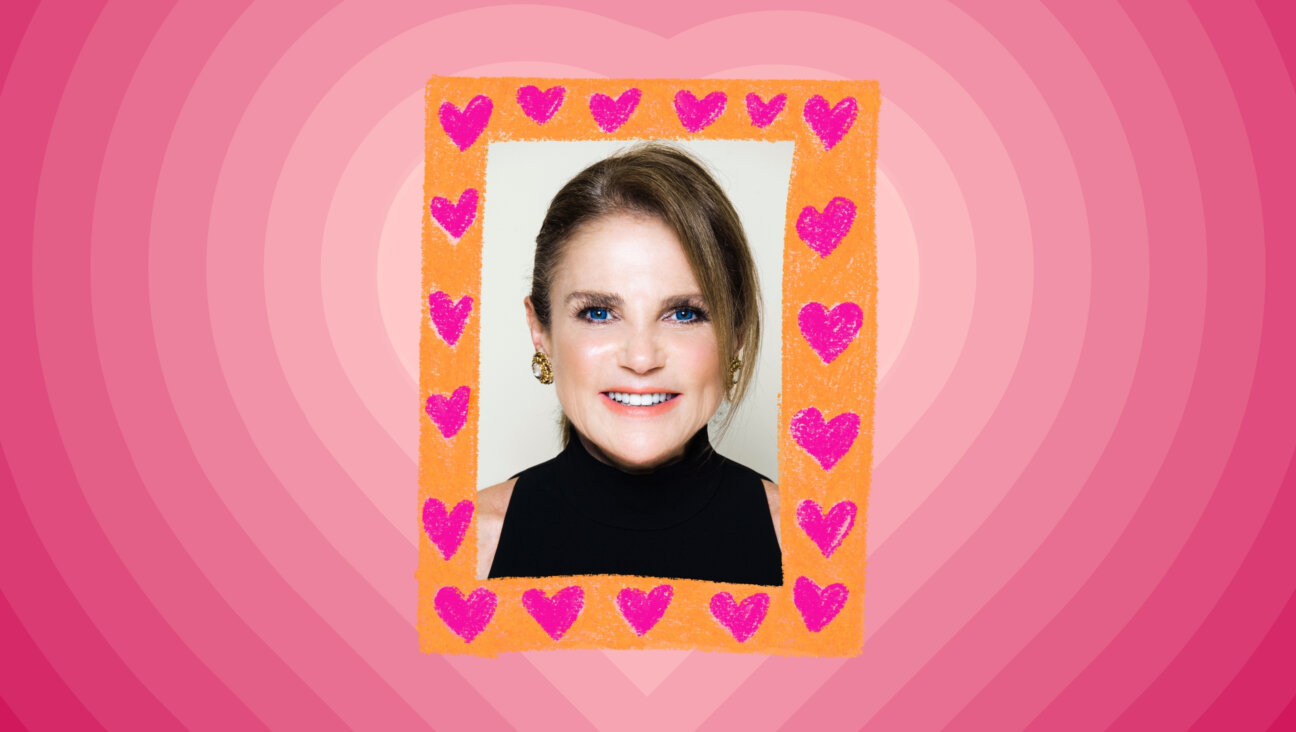How sitting shiva helped me decide to convert to Judaism
Where sitting shiva felt nurturing and clarifying, other grieving rituals had felt incomplete

Encountering a grieving ritual that centered mourners helped me rethink what religion could mean to me. Photo by apomares/iStock by Getty Images
The first Jewish funeral and shiva I attended was for my best friend’s mother in March of 2020, just weeks before Michigan, our home state, issued the “Stay Home, Stay Safe” order to help stop the spread of COVID-19.
After several Google searches to prepare myself, I felt like I had a pretty good idea of what to expect from the funeral, at least: My friend would wear a torn garment. Prayers would be said in Hebrew. Music would not be included in the service. We would help fill in the grave.
Nothing I read prepared me for what I would feel. I had previously been to more than 10 funerals, most of which were Catholic, although a few were secular. I thought that, despite a difference in cultural and religious customs, I knew the beats.
I was wrong. Using a shovel to help bury my friend’s mother, and accompanying him to his home to begin the shiva later that day, I felt a knot that had been tied in my stomach for six years start to unravel.
My great-grandma, Agnes Mixer, died on Easter Sunday of 2014. I was a Catholic then, although a 14-year-old one without much of a choice in the matter. But my family were not churchgoers. We were what some would call “cafeteria Catholics,” who picked and chose what parts of the doctrine that we believed and which we didn’t. We were also, to some extent, “Christmas and Easter Catholics,” at home; I also attended Catholic schools for six years, and, as a result, was a regular at weekly Mass on Friday mornings.
My great-grandma was my true tether to Catholicism. She was part of the reason I went to Catholic schools, and for about three years, I saw her almost every day when she’d pick me up to watch me from her house until my mom or grandmother got off of work and took me home. When we (rarely) went to church as a family, we went with her.
In the year before she died, I went to church with her a lot more. We had seen each other less and less often after my family moved further away, and going to Saturday afternoon Mass together was a way to maintain a routine in our relationship. She was a real Irish Catholic. It was in her bones. She always genuflected and kneeled, even when it wasn’t easy on her body. She took Communion to the homebound in her neighborhood. Statues and pictures of Jesus adorned her home.
But I don’t know that we ever really spoke about religion. We talked about so many other things: World War II, my deceased great-grandpa, Judge Judy, the outfits celebrities wore in the issues of People magazine delivered to her house every month. Still, even without her saying it, I knew that it was important to her that I was raised Catholic.
The spring before her death, I was an eighth-grader at a public middle school, and, as a 13-year-old, I was looking to taste some real agency in my life. To her disappointment, I think, that included making the decision not to be confirmed in the Catholic Church.
I had been, up to that point, a pretty devout kid, albeit one filled with questions. I said my “Our Father” and “Hail Mary,” every night, diligently praying for a list of all of the people and animals I knew, and the names of every dead relative my mom and grandma had told me about, and I asked God to take care of all of them.
But even though I was comfortable praying in private, my doubts in the Catholic Church, and in Christianity as a whole, were too big to ignore. When a child is confirmed in the Catholic Church, they are making a commitment to take on the promises that their parents made at the time of their baptism as their own, and promising to live a Catholic life going forward.
The theological doubts I had about the Catholic Church and Christianity came to a head that Easter, when, on a day that is celebrated by Christians across the globe for the promise of resurrection and salvation, my great-grandma died. Because she died on Easter, it took more time than it should’ve to arrange her funeral. Then, as soon as it came, everyone just left to try to resume their regular lives.
That was when the knot first formed, when I found myself filled with anger and loneliness, and with no outlet to process it.
There was so much talk of the afterlife, of the deep Catholic certainty regarding purgatory, Heaven and Hell. I don’t doubt that these things can be comforting, but nothing about them felt tangible to me.
At the funeral and shiva for my friend’s mother, I saw that where Catholic funeral rites and traditions almost exclusively prioritize the deceased person, Jewish customs have been shaped by both respect for the deceased and the needs of the mourning.
There is an understanding that the mourner must make visible the pain that loss brings—and that their friends, family and community should see them and help them as they grieve. The act of the whole community helping to bury the dead is grounding. It is a physical expression of service and care that attempts to provide some closure. In it, I saw the empathetic finality that throwing roses in a grave did not provide for me. And it was an important seed in my path to converting to Judaism — a decision I made in 2022.
To me, shiva is one of the most thoughtful innovations of Jewish tradition. Although mourners must grieve and remember the dead, they are accompanied by the living, who witness their anguish and take care of them through it. For those attending to the mourners at the shiva, the ritual also provides an answer to the question, “What can I do to help?” which the grieving can sometimes struggle to find words to answer. At a shiva, everyone knows, at least on a basic level, what they must do.
So much of what has led me to Judaism has been its focus on life and the living. After my great-grandmother’s death, I struggled with the idea of mortality and with the Catholic conception of the afterlife. I developed a fear of grief, because, to me, to grieve was to be alone, or to be a blemish on those in my life who were not mourners. In keeping with its thoughtfulness for the living, Judaism has provided me with an alternative practice and view of what honoring the dead and each other as mourners can look like.
A message from our Publisher & CEO Rachel Fishman Feddersen

I hope you appreciated this article. Before you go, I’d like to ask you to please support the Forward’s award-winning, nonprofit journalism so that we can be prepared for whatever news 2025 brings.
At a time when other newsrooms are closing or cutting back, the Forward has removed its paywall and invested additional resources to report on the ground from Israel and around the U.S. on the impact of the war, rising antisemitism and polarized discourse.
Readers like you make it all possible. Support our work by becoming a Forward Member and connect with our journalism and your community.
— Rachel Fishman Feddersen, Publisher and CEO
























